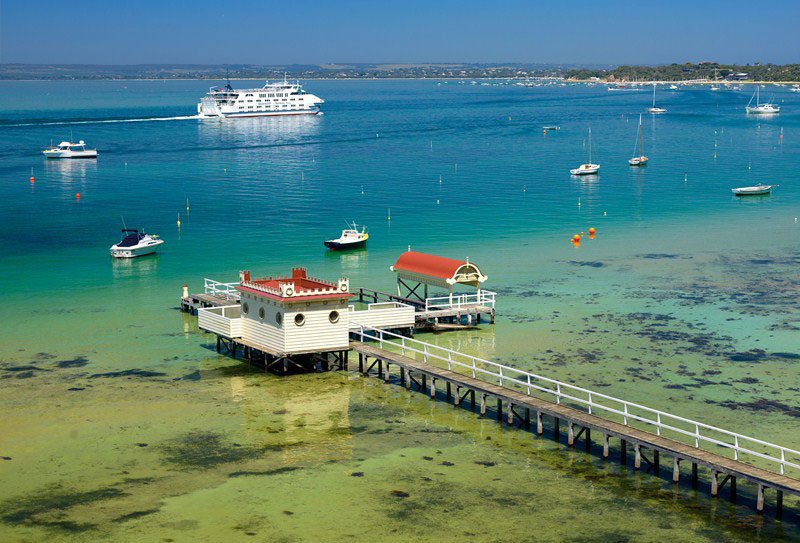A little Labour Day history
With the Labour Day holiday fast approaching in Victoria, we thought we would delve a little into the history of this particular public holiday, the significance of it and why the event that started it was so groundbreaking for the lives of everyday workers around Australia.

Back in the very early days of Australia, working conditions were less than favourable. Long days, low pay and harsh conditions all made the average worker’s life rather tough. These trying conditions eventually led to the Stonemasons and building workers deciding to march from the University of Melbourne to Parliament House in hope of securing a better deal. Flying the flag for the 8 hour day – eight hours for work, eight hours for recreation, and eight hours for rest – they were laying the groundwork for what we more commonly refer to these days as the ‘work/life balance’.

Their protest was a great success, and they are noted as the first group of unified workers in the world to fight for, and get, an eight hour day with no reduction in pay. This event was such an incredible achievement for the worker’s that it signified the birth of the public holiday we refer to as Labour Day. Slightly ironic that a day that signifies the worker’s fight for fairer working conditions is celebrated by a day where you don’t have to work.

A small side not to this: Although it is said to be hearsay, it is believed that the wives of these workers did not like the tools and equipment they used at work making their homes messy and untidy. The men would therefore store their tools off site together in what is believed to be one of the earliest forms of self storage. Several men would share a storage space and having the tools stored together not only ensured security and safety for the tools, but also maintained a harmonious home life as the wives and partners were extremely grateful for not having any dirty tools just lying around the house.
